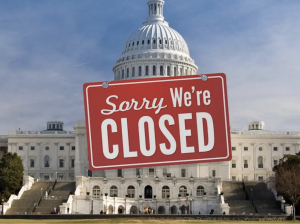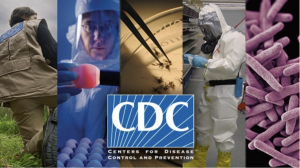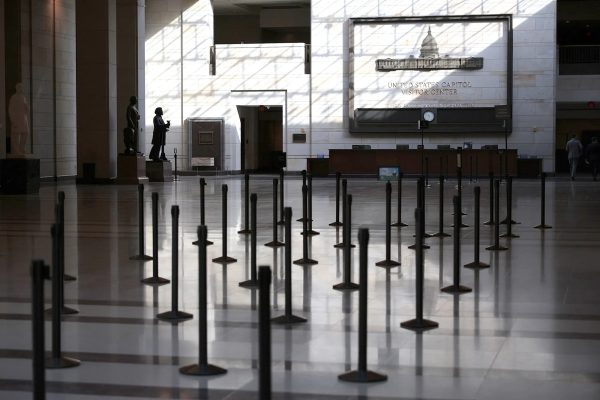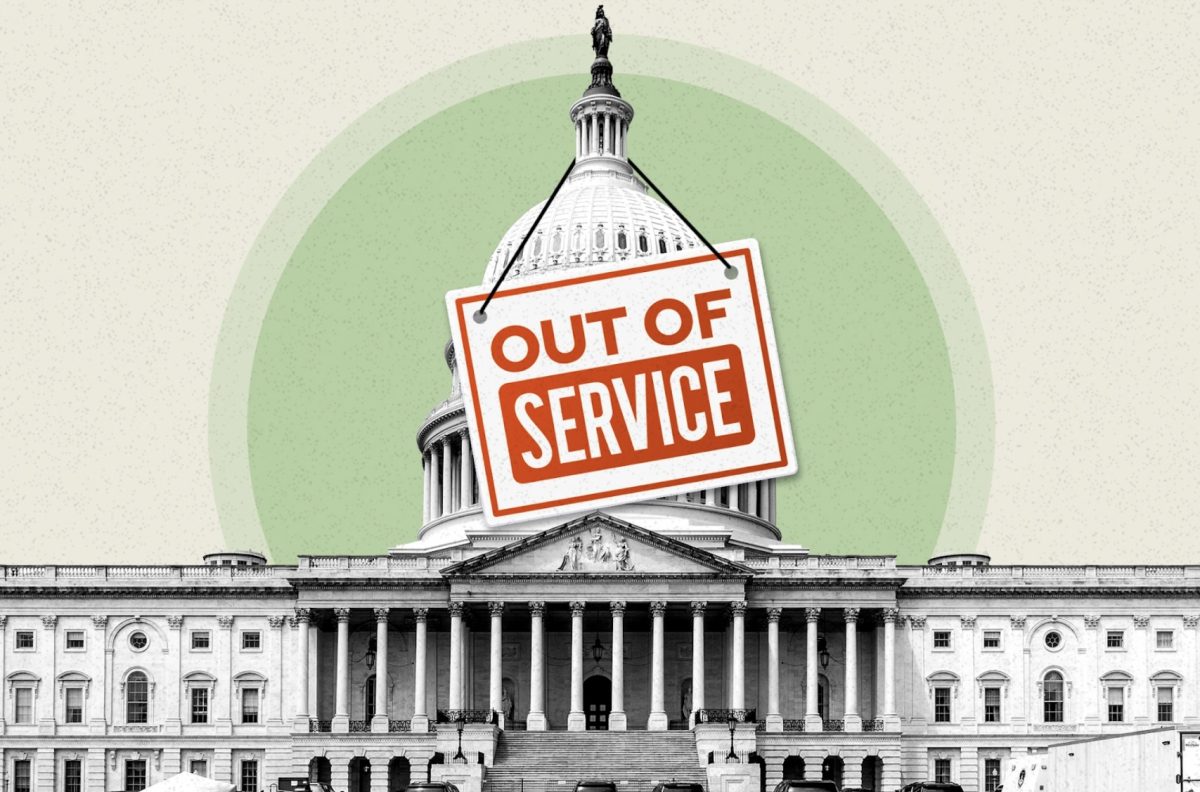After failing to reach a consensus on the federal budget, the US government officially entered a government shutdown on October 2nd—for the first time in nearly seven years. Historically, there have been ten government shutdowns since 1976, each resulting in political, social, and economic impacts affecting millions of people within the country as federal agencies are suspended from a lapse in funding. With no solution in sight, raising awareness of the ongoing government shutdown is essential, as it continues to affect millions of Americans—both federal employees and civilians alike.
A government shutdown occurs when Congress and the President are unable to pass an annual funding bill called an Appropriation Bill, a law that allocates funds from the Treasury to various government agencies and programs. These bills keep the federal government running into the next fiscal year, generally beginning on October 1st. The ongoing failure to pass an Appropriation Bill is primarily driven by healthcare disagreements.
Bill, a law that allocates funds from the Treasury to various government agencies and programs. These bills keep the federal government running into the next fiscal year, generally beginning on October 1st. The ongoing failure to pass an Appropriation Bill is primarily driven by healthcare disagreements.
Specifically, the proposed funding bill also included an extension of soon-expiring Affordable Care Act subsidies, which aimed to reduce healthcare costs by expanding access to health insurance. However, the Senate rejected this bill just hours before the budget deadline. This dispute still remains unresolved as of this week, with lawmakers remaining notably absent from sessions, and although a short-term funding bill was passed to keep Congress running until November 21st, there are no laid-out budget plans for other federal programs. On October 15th, the House held its ninth vote on the budget, and its low chance of being passed reflects the deep partisan divide that continues to stall any progress.
 Without funding, the national government does not have legal authority to keep most of its 442 agencies running, leaving thousands of employees unpaid. Some agencies deemed essential to the country will temporarily continue to operate, including Medicaid, the IRS, and air traffic control. However, many federal agencies deemed “non-essential” are currently being halted: national parks and museums; federal scientific research (e.g. CDC, NIH, FDA); housing and veteran services; and the Women, Infants, and Children Program (WIC).
Without funding, the national government does not have legal authority to keep most of its 442 agencies running, leaving thousands of employees unpaid. Some agencies deemed essential to the country will temporarily continue to operate, including Medicaid, the IRS, and air traffic control. However, many federal agencies deemed “non-essential” are currently being halted: national parks and museums; federal scientific research (e.g. CDC, NIH, FDA); housing and veteran services; and the Women, Infants, and Children Program (WIC).
For instance, 89% of the Environmental Protection Agency and 75% from the National Institute of Health (NIH), 41% of Health and Human Services will be furloughed, or suspended from a job, during the government shutdown. And even worse, as US government downtime continues to increase, more agencies will face closures as federal workers are forced to choose between staying in unstable jobs or seeking more reliable employment elsewhere—inflicting long-term consequences on citizens.

Immediate repercussions on Americans from the government shutdown are already made clear, with possible long-term consequences on the rise. Programs such as Supplemental Nutrition Assistance Program (SNAP), Federal Housing Administration (FHA) loans, and Small Business Administration (SBA) loans are among the different services that are affected, hindering millions of people and businesses. For example, the SBA furloughing 25% of its staff causes significant delays in 504 and 7a loans—directly impacting lenders, small businesses, travellers, and students alike, as loan applications and passport processing slow down. In particular, the slowdown of student financial loans adds strain on college students, where thousands heavily rely on federal aid.
Moreover, shutting down medical agencies like the CDC will disrupt communication for health hazards and inquiries on public health concerns. Such halts include tracking global threats such as the Marburg virus, which is highly contagious to humans and largely affects regions lacking healthcare infrastructure. With the CDC shut down, countless individuals living in these volatile regions are left vulnerable—exposed to potential outbreaks without proper resources. This is especially pertinent to the elderly population, many of whom rely on Medicaid as their only means of accessing essential care. Without dependable coverage, many senior citizens who suffer from chronic illnesses or limited mobility have to live while knowing that their country is refusing to support them.
Beyond the elderly, many others are also at detriment as a result of the government shutdown. Families can no longer visit any museum or national park of their choosing because most of these sites are either closed or have severely limited services. When these simple yet beautiful experiences are stripped away, the justification behind the shutdown feels increasingly hollow.
As the government shutdown continues, reaching out to legislators during this time is crucial: each of these legislators hold the power to pass funding bills that can bring an end to this shutdown. Whether it is through phone calls, messages, or emails, every form of public outreach contributes to reminding lawmakers of the shutdown’s widespread consequences: on families, workers, students, and businesses. From delayed paychecks and paused loans to suspended health services, urgent attention is needed. Your engagement during this time is imperative to ensure that lawmakers take immediate action in restoring federal programs and properly conduct their jobs to protect the wellbeing of millions of Americans.


